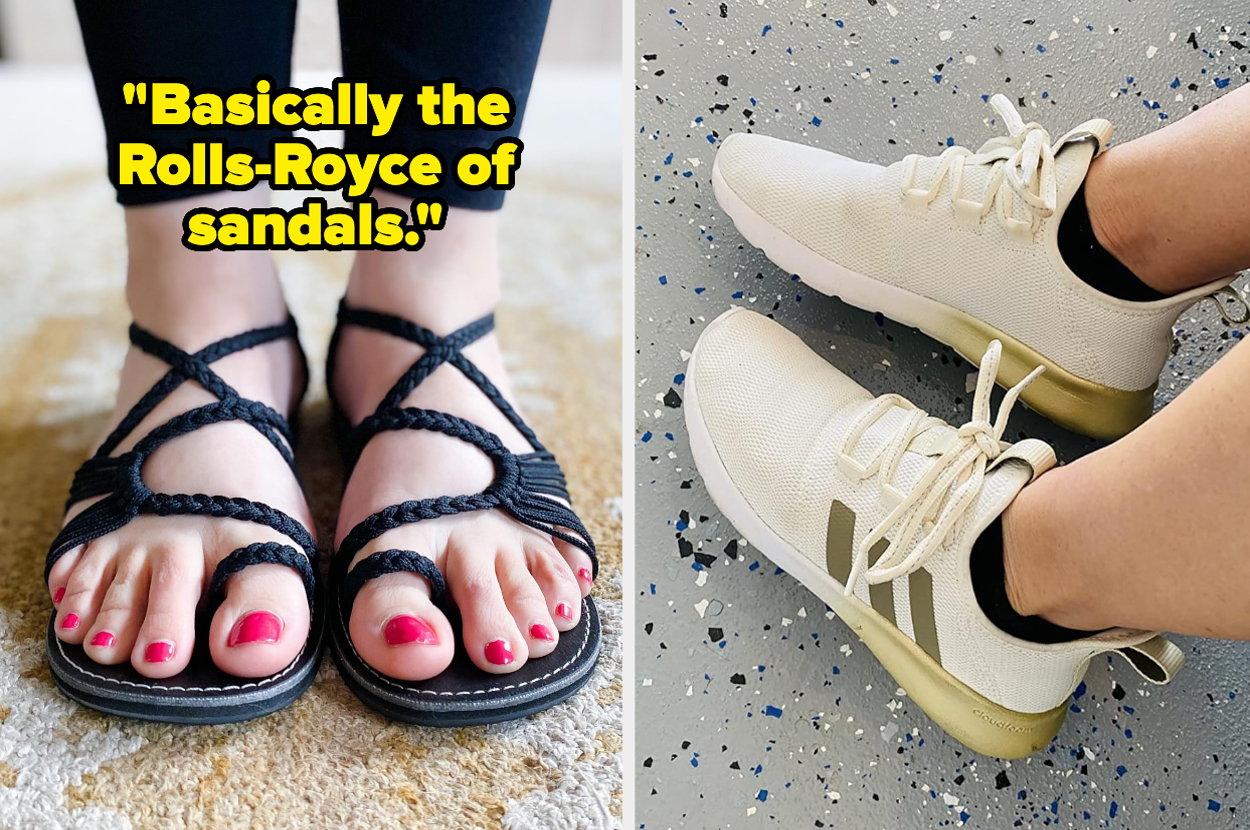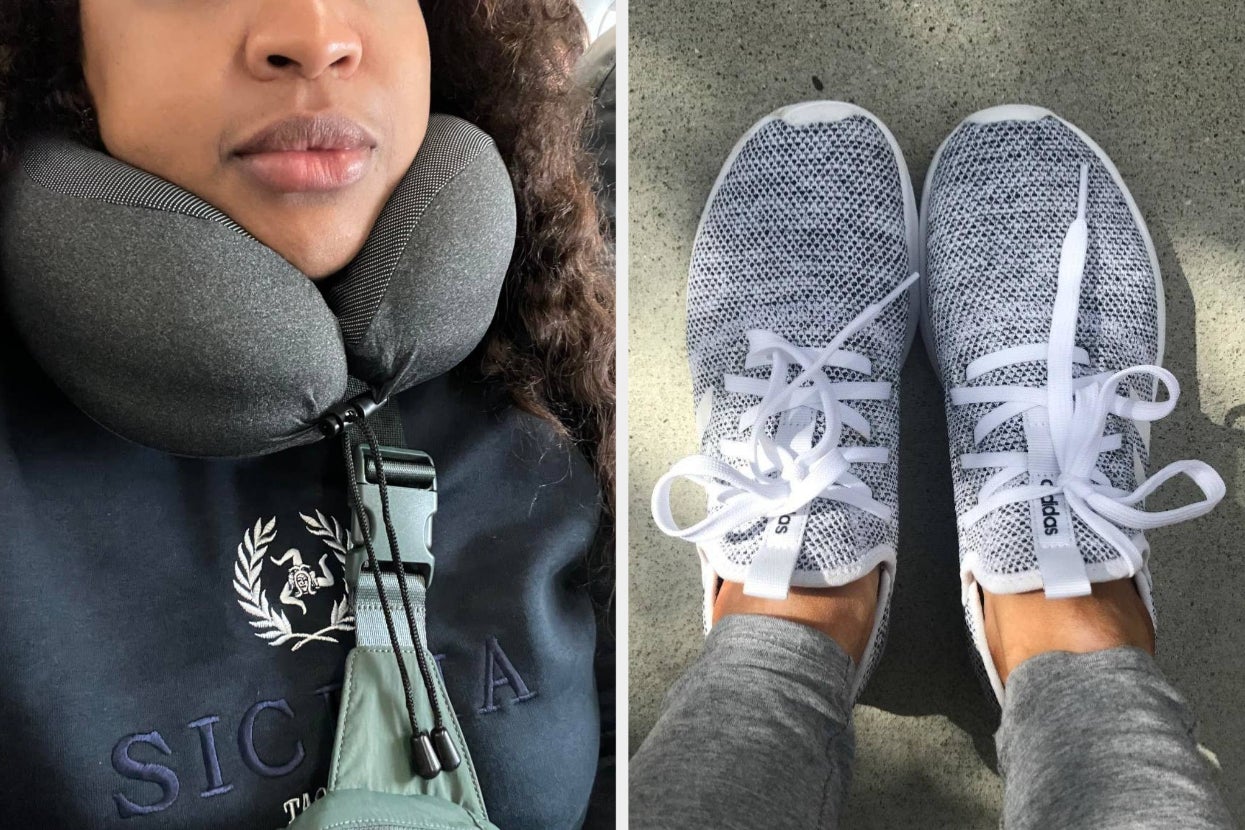In the afternoon sun, a fleet of four exquisite royal barges -- Suphannahong, Narayana Song Suban King Rama IX, Anantanagaraj and Anekajatbhujonga -- are moored at the Thonburi Naval Dockyard as 240 oarsmen train in preparation for the Royal Kathin (robe offering) ritual scheduled to take place in October. Until tomorrow, visitors are welcome to observe how the oarsmen get ready for this nearly 700-year-old spectacle. This special gesture has been allowed just for the four royal barges that carry His Majesty King Maha Vajiralongkorn Phra Vajiraklaochaoyuhua and other members of the royal family.
It is a great opportunity for the young generation to appreciate the magnificence of Thai cultural heritage. Using three basic strokes, the procession of 52 barges will require 2,220 crew to accelerate and control direction. The men have spent several months honing their skills on land and in water so that their strokes are precisely harmonised with powerful singing.

Just a short distance away from the dry dock, a classic Panya-style building has been transformed into the Royal Dockyard Museum in Honour of the 84th Anniversary of King Rama IX to transport visitors back to when boats were the primary mode of transportation. Behind the entrance, a pair of ancient garuda-like figureheads triggers memories of when Siam embraced Indian traditions to build a procession of royal barges modelled after various legendary characters and Himmapan creatures from the Ramakien epic. "Before this custom vanished with the rise of Islam in India, the royal barge procession was employed for monarchs according to Hindu beliefs.
Boats were a common mode of transportation throughout that period, and the Melayu kingdom and Indonesia also adopted this tradition," said historian Thanat Bhumarush of the Siam Vision Club. Sailors train at the Thonburi Naval Dockyard. "In Thailand, Ramakien characters, which are recognised for their martial arts, served as inspiration for the figureheads, similar to khon masks.
In the past, the barges were utilised for both battles and ceremonial occasions. Therefore all crew members had to become proficient both in fencing and rowing in order to safeguard the monarch." Back in the Ayutthaya period, King Narai The Great used a fleet of royal barges to welcome an envoy of France's King Louis XIV.
He also took hundreds of royal barges to Wat Phrabuddhabat in Saraburi province to pay homage to Lord Buddha's footprint. In 1767, the war fleet was destroyed in a fire that brought down the Ayutthaya dynasty, and King Taksin The Great formed a fresh fleet, the majority of which were Chinese junks, before he arrived in Thon Buri. Following that, King Rama I brought back the royal barge procession when the capital was relocated to the eastern bank of the Chao Phraya River.
"The royal barges underwent significant renovations during the reigns of King Rama IV and King Rama VI. For example, the royal barge Mongkol Suban was renamed Narayana Song Suban by King Rama IV when he erected a new figurehead of the Hindu god Narayana riding a garuda," Thanat explained. Built during the era of King Rama III, the Banlang Anantanagaraj barge was rebuilt and given the new name Anantanagaraj in the reign of King Rama VI.
Coated with gilded lacquer, its seven-headed naga prow is trimmed with mirrored glass embellishments and a hull painted red on the inside and green on the outside. "It seems like a psychological idea used to uplift soldiers in wartime. The inside of the hull and amulet uniforms came in red to keep soldiers from giving up when they saw the boat and clothes covered in blood.
At the same time, the figurehead also had a pipe to install a small cannon," he added. Later, His Majesty King Bhumibol Adulyadej The Great ordered the restoration of several royal barges that had been destroyed by allied bombing during World War II, and in 1957, in celebration of the 25th century of Buddhism, the royal barge procession came back to life following decades of absence. The Royal Dockyard Museum.
"The return of the royal barge procession during King Rama IX's reign is a significant turning point. Thailand is the only country in Southeast Asia that has managed to keep this custom alive," he said. "In a collaboration of the Royal Thai Navy and the Department of Fine Arts, the Narai Song Suban HM King Rama IX Royal Barge is the newest in the fleet.
It was built in 1994 to celebrate the 50th anniversary of King Bhumibol's accession to the throne. Coated with gold lacquer, the figurehead is designed to resemble the four-handed god Vishnu riding the garuda." Taking it a step further, the exhibition illustrates how Siam integrated cutting-edge Western engineering to create its own steam warships during the reign of King Rama IV and set up the Naval Dockyard in Thon Buri district under King Rama V.
"The royal residence stood here until King Rama V turned it into the Naval Dockyard. This site was secure for repairs because it was near the Grand Palace. This is a reason why the king chose to build a dockyard on the riverbed rather than along the shoreline," he said.
It has since expanded its base to include the Naval Dockyards at Phra Chulachomklao in Samut Prakan province and Mahidol Adulyadej in Chon Buri province. Highlights on display include a large assortment of historical essential equipment, materials for making maps, a hydro bike designed by King Bhumibol, a replica of a submarine and warship plans. Traditional dugout boats at Wat Dusidaram Worawihan.
Not far away, a collection of classic Lancashire boilers imported from England showcases innovative technology from bygone eras that generated excellent thermal efficiency for powering hydraulic mechanics. Reminiscent of the royal residence, Wat Wongsamoon Wihan was erected in the reign of King Rama IV, but lost its temple designation during the reign of King Rama VI. The navy is allowed to perform an ordination ceremony at the ubosot, which is still in its original spot.
Inside, it currently enshrines a beautiful Sukhothai-style Buddha statue and two realistic Buddha statues set in Gothic-style marble thrones. Leaving the dockyard, visitors can visit Wat Rakhang Kositaram Woramahawihan, which was built in the Ayutthaya period and restored by King Taksin to serve as a residence of Supreme Patriarch Sri. The classic Rattanakosin-style ubosot underwent a major refurbishment in the reign of King Rama III to house a bronze statue of Phra Prathan Yim Rab Fa, while its walls were covered with beautiful murals during the reign of King Rama VI.
Just a short stroll away, a statue of King Taksin stands in the middle of Tam Nak Daeng, which was relocated from Thon Buri Palace to the temple in the reign of King Rama I. Another attraction is the original wood residence where King Rama I resided during the Thon Buri period. In 1982, it was converted into a Tripitaka hall, decorated with antiques, ancient scripture cabinets and murals that depict various scenes from the Ramakien.
Prof Silpa Bhirasri's Ganesha statue at Wat Bowon Sathan Sutthawat. The next stop is the ancient boat pavilion, which is situated behind Wat Dusidaram Worawihan. It boasts a series of 40m traditional dugout boats, which are said to have been crafted in the reign of King Taksin to supplement his military fleet.
Using traditional techniques, all of them were fashioned out of ta kien trees, which involved excavating and burning wood until the hulls were large enough to accommodate people. Walking across Phra Pinklao Bridge, the journey can conclude at Wat Bowon Sathan Sutthawat and worshipping of a striking realistic statue of Ganesha, a god of wisdom, created by Prof Silpa Bhirasri. His body is encircled with a serpent and his four hands carry a sword, a vajra sceptre, a noose and a conch shell to bring people abundance and victory.
Wat Rakhang Kositaram Woramahavihan. The Royal Dockyard Museum's royal barge exhibition..



















